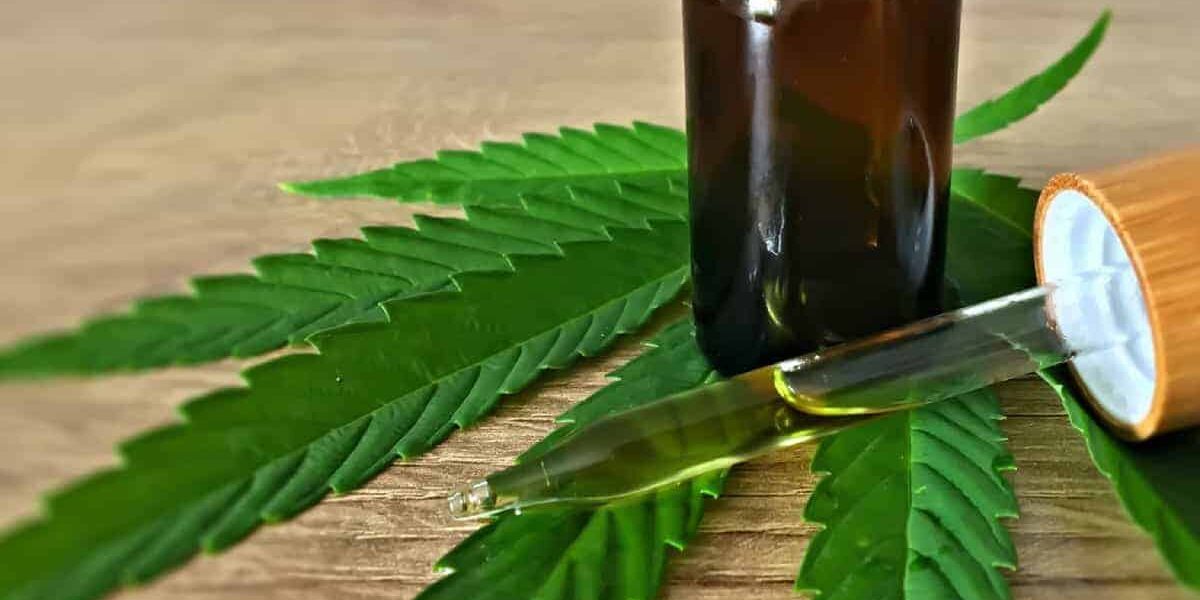An array of preclinical and clinical studies have indicated analgesic, anti-inflammatory, anxiolytic, antipsychotic, and anticonvulsant effects of CBD. Based on phase III randomized controlled clinical trials in which relatively high oral doses of 600 – 3000 mg CBD (or 10–50 mg/kg in a 62 kg person) were used to reduce seizures in patients with Dravet syndrome, Lennox Gastaut syndrome, and tuberous sclerosis complex. Eleven additional studies investigating the safety of ≤60 mg oral CBD were identified and most administered a single dose of CBD to healthy participants. Consistent with a report from the TGA, the major drug regulator in Australia, CBD dosed orally at this level appears safe and well-tolerated in humans. Overall, CBD has an excellent safety profile, even with relatively high doses.
Many countries, including the United States, Canada, the United Kingdom, Australia, and most European Union member countries, now allow consumer access to a range of CBD products without a prescription. These products can be obtained over-the-counter (OTC) at pharmacies, health food stores, single-purpose CBD stores, or from online sources.
Non-prescription CBD products in the United States and the European Union typically involve relatively low daily doses of CBD (<1 mg/kg) obtained from products such as capsules containing 10 – 50 mg CBD, or from orally administered oils containing 15 – 240 mg/ml CBD (typically dosed with a few drops i.e., 0.1–0.5 ml per day). Recommended daily oral dosing of such products tends to be less than 100 mg CBD/day and often in the range of 10 – 25 mg per day, an order of magnitude lower than the doses that have demonstrated efficacy in clinical trials (i.e., 600–3000 mg). This widespread availability of over-the-counter CBD products is consistent with there being few safety concerns around this cannabinoid. For example, in 2019, the World Health Organization (WHO) proposed changes to the United Nations through its Expert Committee of Drug Dependence to exclude CBD from international drug control. This was on the basis that CBD does not intoxicate and has little potential for abuse or dependence.
In a recent study, they investigated the effect of 60 mg oral CBD on biochemical and functional measures of exercise-induced muscle damage in healthy, strength-trained individuals. Blood concentrations of creatine kinase (an enzyme that’s found in your skeletal muscle, heart muscle and brain. When any of these tissues are damaged, they leak creatine kinase into your bloodstream) and myoglobin (a protein that’s found in your striated muscles, which includes skeletal muscles (the muscles attached to your bones and tendons) and heart muscles. Its main function is to supply oxygen to the cells in your muscles) increased from baseline at 24-, 48-, and 72-h post-exercise suggesting that the exercise protocol induced some degree of muscle damage; back squat performance was also reduced 24-h post-exercise. CBD attenuated these effects, significantly reducing blood creatine kinase and myoglobin concentrations, and improving back squat performance, 72-h post-exercise compared to placebo.
An open-label trial was also conducted in which healthy participants were administered 30 mg oral CBD in two different formulations: one water-soluble and the other lipid soluble. Peripheral blood mononuclear cells (PBMCs) were collected 90-min post-treatment, cultured, and treated with bacterial lipopolysaccharide to induce an inflammatory response. CBD significantly reduced concentrations of the inflammatory cytokine and was also well-tolerated with no adverse events reported in the trial.
A current review also found intriguing but not necessarily compelling evidence for low-dose CBD efficacy in a range of other conditions. This includes the protective effects against Graft-versus-host disease (GVHD) (300 mg CBD); positive effects (300 mg CBD) on Parkinsonian tremor; improved quality of life and reduced psychotic symptoms in patients with Parkinson’s disease (300 mg CBD); and beneficial effects (15 mg CBD) on HDL (cholesterol), although this was not repeated with higher doses of CBD (200 mg CBD).
The current evidence suggests CBD at doses of 300–400 mg has promise, especially as an anxiolytic and anti-addiction agent, and larger randomized, double-blind, placebo-controlled trials are required to reinforce these data. Of course, actual plasma and tissue exposure to CBD needs to be incorporated into our thinking, as advances in drug delivery and pharmaceutics may lead to improved delivery of CBD, a drug with notoriously low oral bioavailability.
The Cannabis sativa plant has been used with therapeutic intent since antiquity and recent times have seen a significant resurgence in the use of cannabis and its constituents as medicines. Cannabis plant material contains a complex mixture of approximately 140 different compounds termed cannabinoids. Of these, only two have been well-studied scientifically: tetrahydrocannabinol (THC), which is responsible for the distinctive intoxicated state associated with cannabis consumption; and cannabidiol (CBD), a non-intoxicating component that has a range of therapeutic properties. Unlike THC, CBD does not act as a cannabinoid receptor type 1 (CB1R) agonist, thus explaining the absence of intoxication with its use. Rather, CBD has a diverse suite of pharmacological actions.
Different cannabis cultivars contain varying ratios of THC and CBD: cannabis grown for non-medical (“recreational”) purposes tends to have very high concentrations of THC and negligible CBD content, whereas “hemp” strains that are primarily grown for seed and fiber tend to be enriched in CBD but with very low THC concentrations. With such minimal presence of THC, hemp-derived products can be consumed with little risk of intoxication but with the possibility of beneficial therapeutic effects. Given the current intensity of worldwide research activity around CBD, and associated commercial potential, it would appear that advances in our knowledge are just around the corner.
Reference: The Safety and Efficacy of Low Oral Doses of Cannabidiol: An Evaluation of the Evidence
